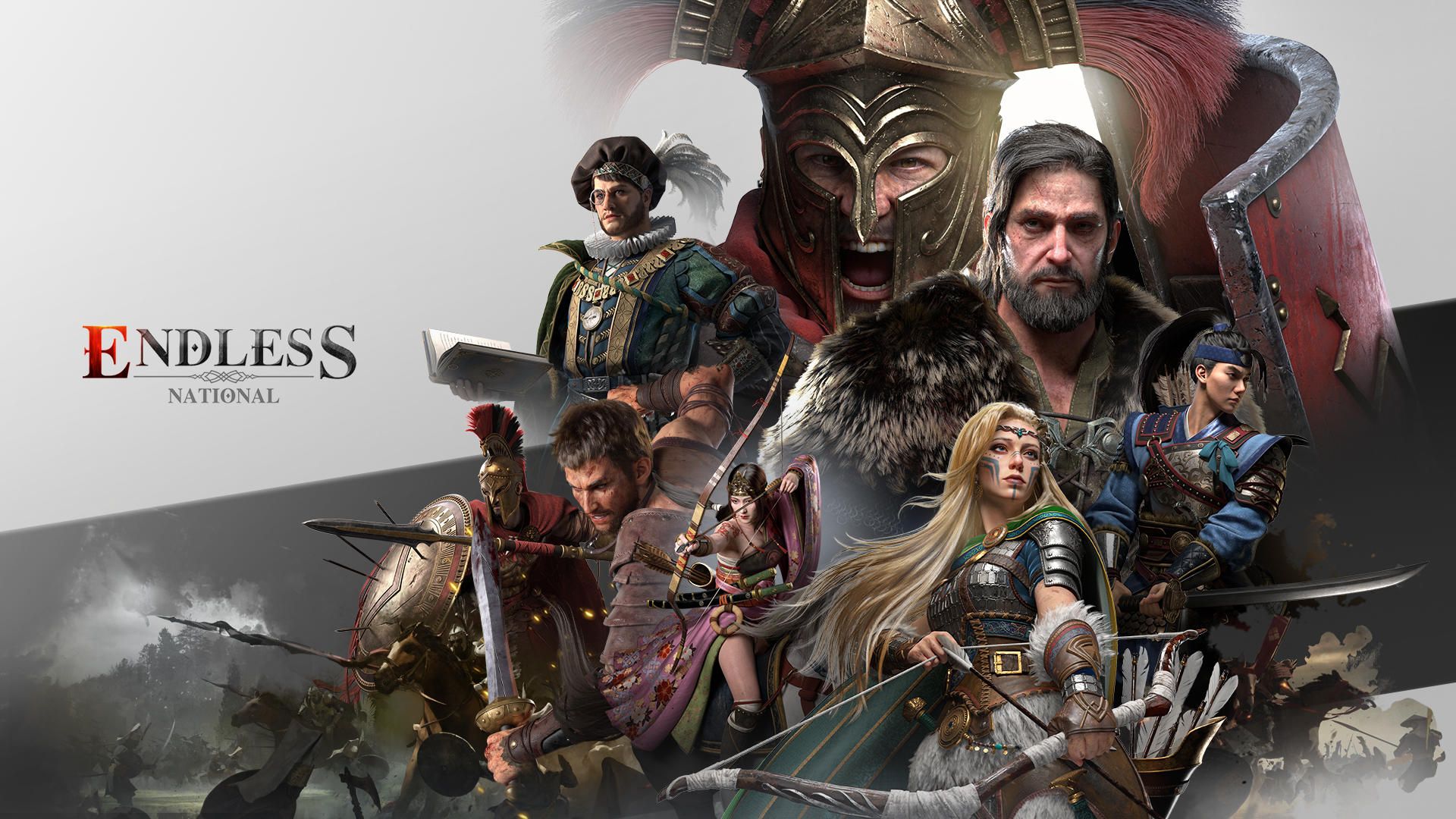

Go to the material editor and lower the smoothness value to almost zero, and play a bit with metallic and the albedo colors. For this low poly style, we want pastel tones, with no brightness. Since I named and assigned materials before in 3DS Max, I only need to make some tweaks. Remember, if it is the case, to mark the objects as “static”. It really depends on the look you want to achieve. For this kind of scenes, orthographic cameras are normal, but I use to obtain nice results with perspective cameras as well. Now, use your artistic sense to compose a scene with the elements you’ve built during this tutorial. Select the model in the Project view, and change the Normals to Calculate, and Smoothing angle to 0. That happens because in Unity, this does not depend on the material, but on a property of the model. The first thing that you will notice is that the faces don’t look sharp as we expected, but softened. Now, to Unity!Ĭreate a new scene and import the model.

Select them, hold control and click on Remove you won’t remove any faces while removing the formers when you hold the control key down. You can also manually remove vertexes and edges that won’t be visible. Have in mind that, to get the wrinkled effect, we often are making models with more vertices that we normally need for that model (so, low poly? Not so much!). This modifier removes vertices and edges that are not very visible in the model, so it is a welcome optimization. Not all models require the same Strength in all axis.Īfter that, you should use Optimize to clean up the model a bit. For that, I am going to apply the noise modifier. I like to use Fractal, with Roughness near to 1 for smaller models, and 0 for bigger models. It is time now to add the wrinkled paper effect. This is important so I can assign two materials to the object later in Unity. In the case of the ground, I selected some faces and assigned them a different material. Just remember to check the option faceted in the material editor, give them a proper name, and select “Facets” in the viewport as a render system. We do not need to get into details, since we are going to edit the materials in Unity later. In order to make my life easier, I am going to create materials and assign them to the elements. This is not necessary with the geosphere. We can have triangles from our meshes by converting the models to editable polies, selecting all the vertexes, and connecting them. In the low poly style, triangles look much better than quads. Play a bit, and when you are happy with the result, let’s move to the next steps. For that, I convert the box to editable poly, and I’m going to use the paint deformation modifier. If you use the toolbar, you can hover the mouse on the button to watch a brief tutorial of this modifier. In this short tutorial I’m going to create a scene in 3DS and Unity, to show how the low poly wrinkled paper effect can be achieved in no time.įirst, I created a geosphere, a plane, and a box, to become a cloud, a scene background, and some terrain for the foreground.īefore continuing, I am going to model some mountains in the box. Say that you want to switch your curves from orange-ish color in the day to a bluish color in the night, like in this example ( you can watch a video of this example here):Įl pase de diapositivas requiere JavaScript. So, if you set some color curves for your scenes, you cannot switch to other ones, unless you perform some serious hacking of the asset. But I found that the effect does not allow you to dynamically change its configuration. It’s quite complete and for the most part, it does the job. Unity’s Standard Assets comes with a useful effect for that, called Color Correction Curves.
CORTAS SPLATFORMER GALLERY PROFESSIONAL
They often bring the deep and professional look that is not easily achieved with just the geometry and normal lighting. Today, I want to share one of those asset that I have published in the store: Dynamic Color Correction.Īs you can tell from previous post, I like quite a lot adding camera effects to my scenes. Although publishing takes patience and quite some work, I found the experience very rewarding.

Because sharing is loving, I thought it would be nice make those solution into Store Assets. When working on a game, sometimes you confront a problem for which there is no easy solution, and you need to do some research and work to build your own one.


 0 kommentar(er)
0 kommentar(er)
